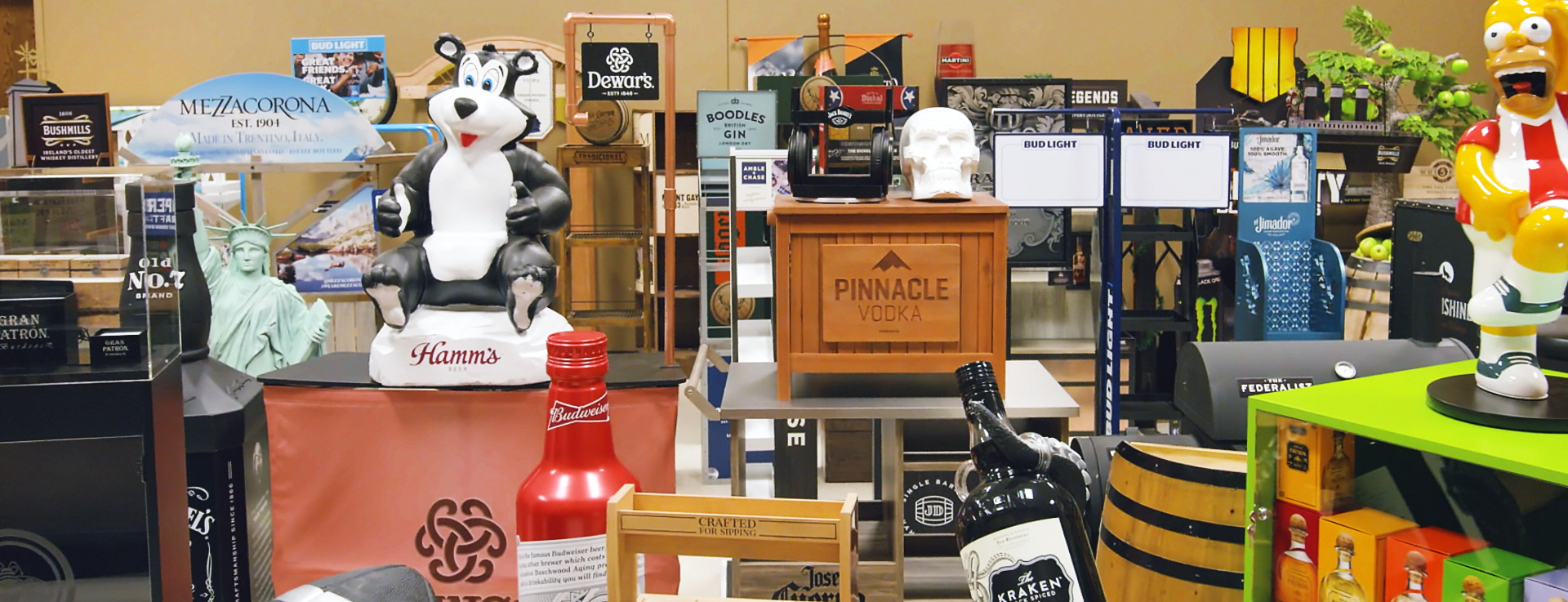Your personal in-home bartender | Drinkworks!
The merchandiser includes a digital screen with looped video and audio to show the consumer how the machine functions, the assortment of cocktails, and draws the consumer in to interact with the replica machine sitting on the counter.
The concept of a well-crafted, tasteful alcoholic cocktail made from a concentrated liquid is fascinating and relevant for today’s world. This type of convenience cocktail making is the wave of the future. The Drinkworks machine is made for the consumer that doesn’t spare expense when it comes to their adult beverages. It is the category leader for premium cocktails made at the push of a button, and the in-store merchandiser is built with the same high-end look and feel to coincide with the premium brand identity.
Easily interchangeable panels and artwork have made these pieces a staple for stores that continue to engage and attract customers. From product launch to expansion of flavors the versatility in these displays has been able to accommodate and grow with the brand.
Client: Keurig-Dr. Pepper and AB InBev
Brand: Drinkworks
New Product Launch
Main Channel: Specialty Retailers & Services
Awards/ Recognition: 2020 Shop!
Year: 2019
Type: Permanent Display
Main Materials: Wood, Steel
Merchandising Type: Permanent












